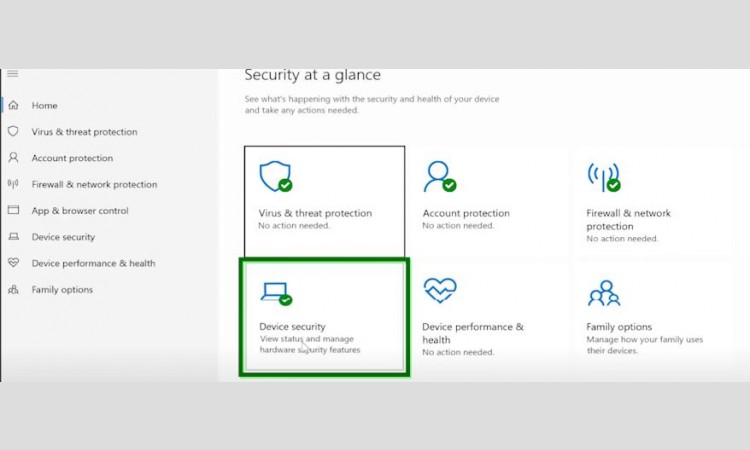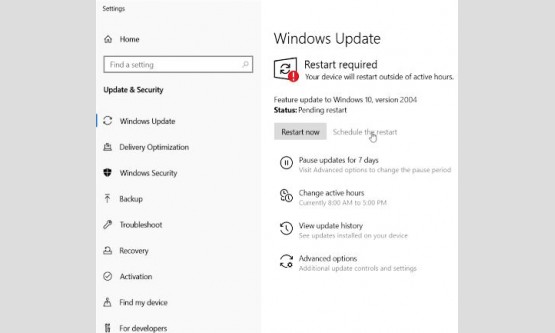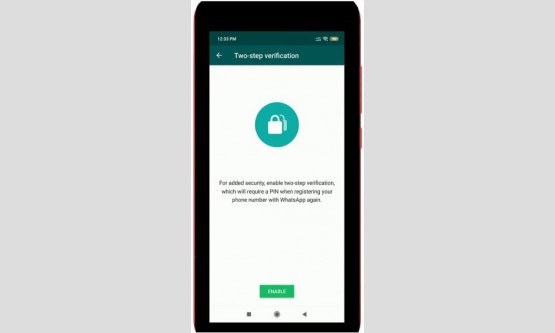

Windows provides many layers and types of protection for
your device, all the way down into the core software and hardware that makes
your device function safely. One of these layers of protection is device
security. This is where you can monitor and manage your security protections,
and settings for hardware-based security settings. From the start menu, type
Windows Security. Then click Open Device Security, where you can check your settings.
These features depend on the hardware in your PC, so you may see a different
device security screen. On this page, you may see several features. The core
isolation page has a collection of features that protect important operating
system processes from attacks by running them in a secured and isolated area.
Security processor validates the integrity of the combination of hardware and
software processes that run during device startup, and Secure Boot protects the
device startup processes from any potential attacks.
These features work together to ensure your device operating
system is secured and protected. If you do want more details about the hardware
protections built into your device, each feature in device security has
additional information available through the learn more links. Here's my
colleague Derek, who will talk a bit more about our core isolation features.
Thanks Rona! Hi, I'm Derek from the Windows Security Team. Core isolation uses
hardware virtualization to create a secure environment that's isolated from the
rest of the operating system. We've built many features that can run within the
secure environment to protect your device. I'm going to go over a few now.
Memory integrity continuously validates the core operating system processes to
ensure that they are not tampered with. When you turn memory integrity on, it
might take a minute to scan your device for compatibility.
There may be some programs on your device that wouldn't work
with this feature, and if the scan fails, you'll be able to learn more and see
what is blocking you. Memory access protection ensures that the actions taken
by device attachments such as a USB key, mouse, or keyboard are authorized and
secured. Firmware protection ensures that your device hardware is protected
from any malicious activity before your Windows operating system starts to run.
It is possible that your device does not show all of the features that you see
in this video, that's because many of these features use the latest hardware
technologies that might not be available on all devices.
Some of these features are not necessarily enabled by
default on your device. If this page shows an active toggle that means your
device has compatible hardware and we encourage you to try to turn on the
feature. In the future, you might see even more security capabilities appear on
this page. On them for our next update. Just press the Windows key plus
"F" to open Feedback Hub, or click the give feedback link that
appears throughout the app. We hope this helps you have a great and secure
Windows experience.





